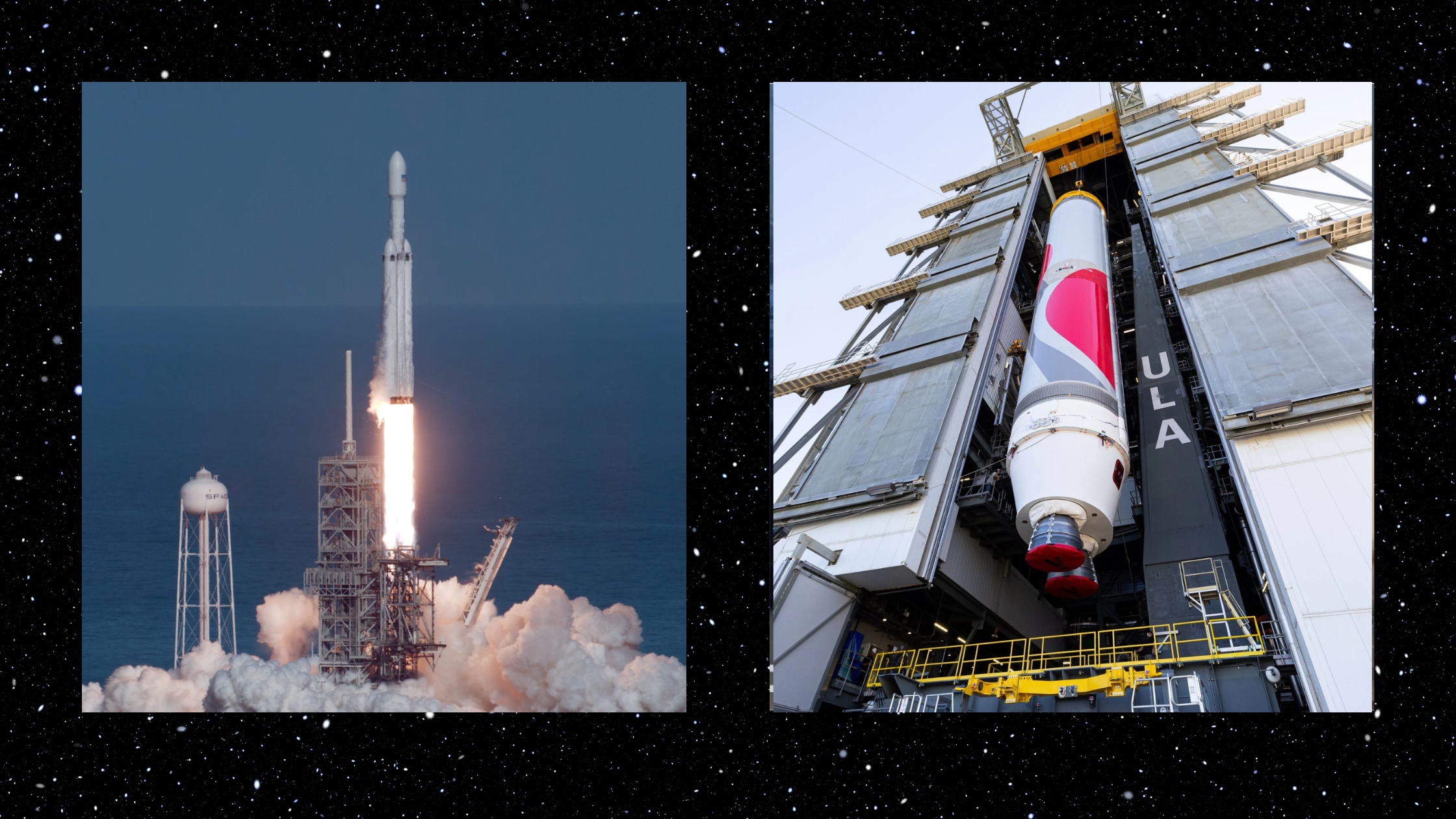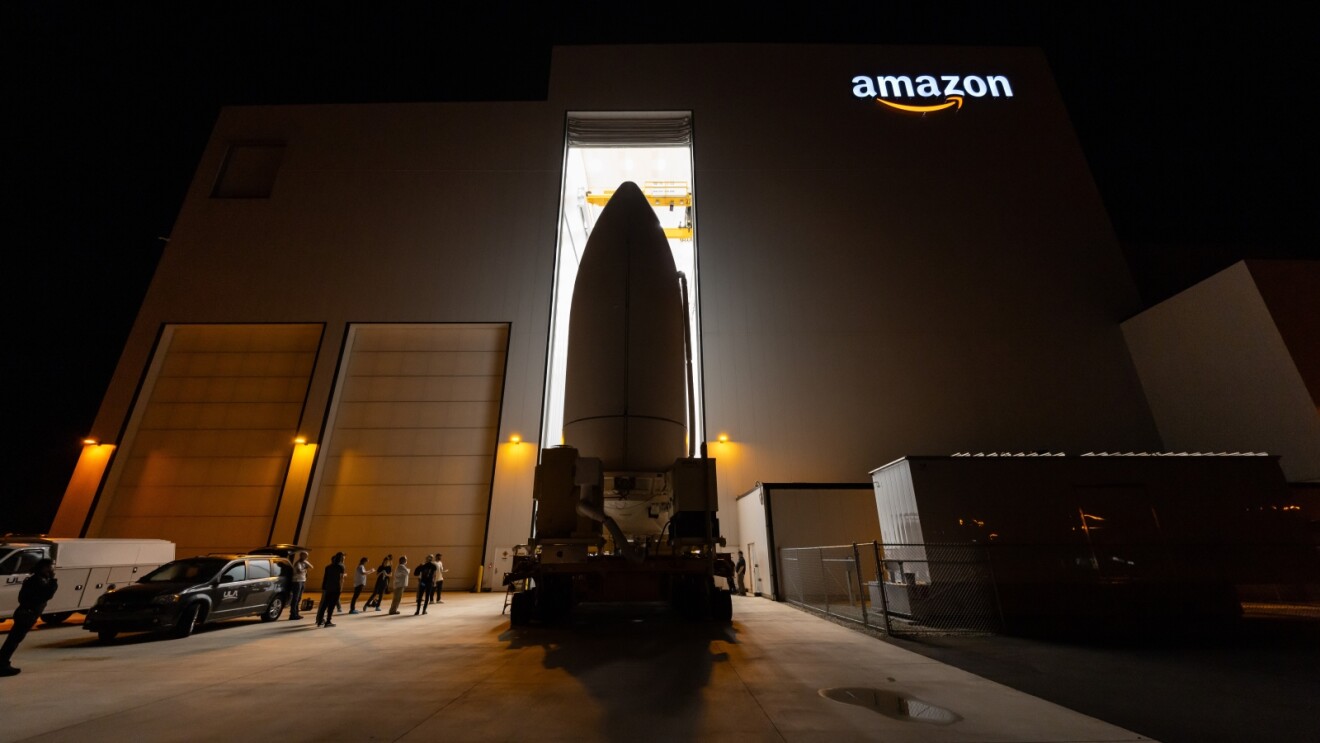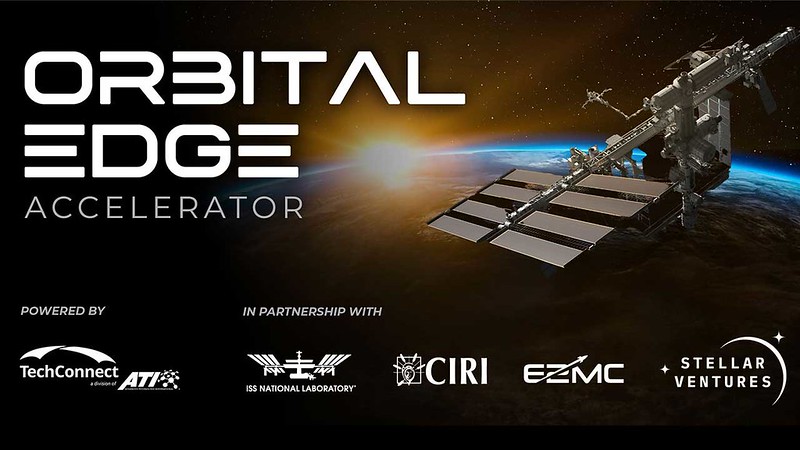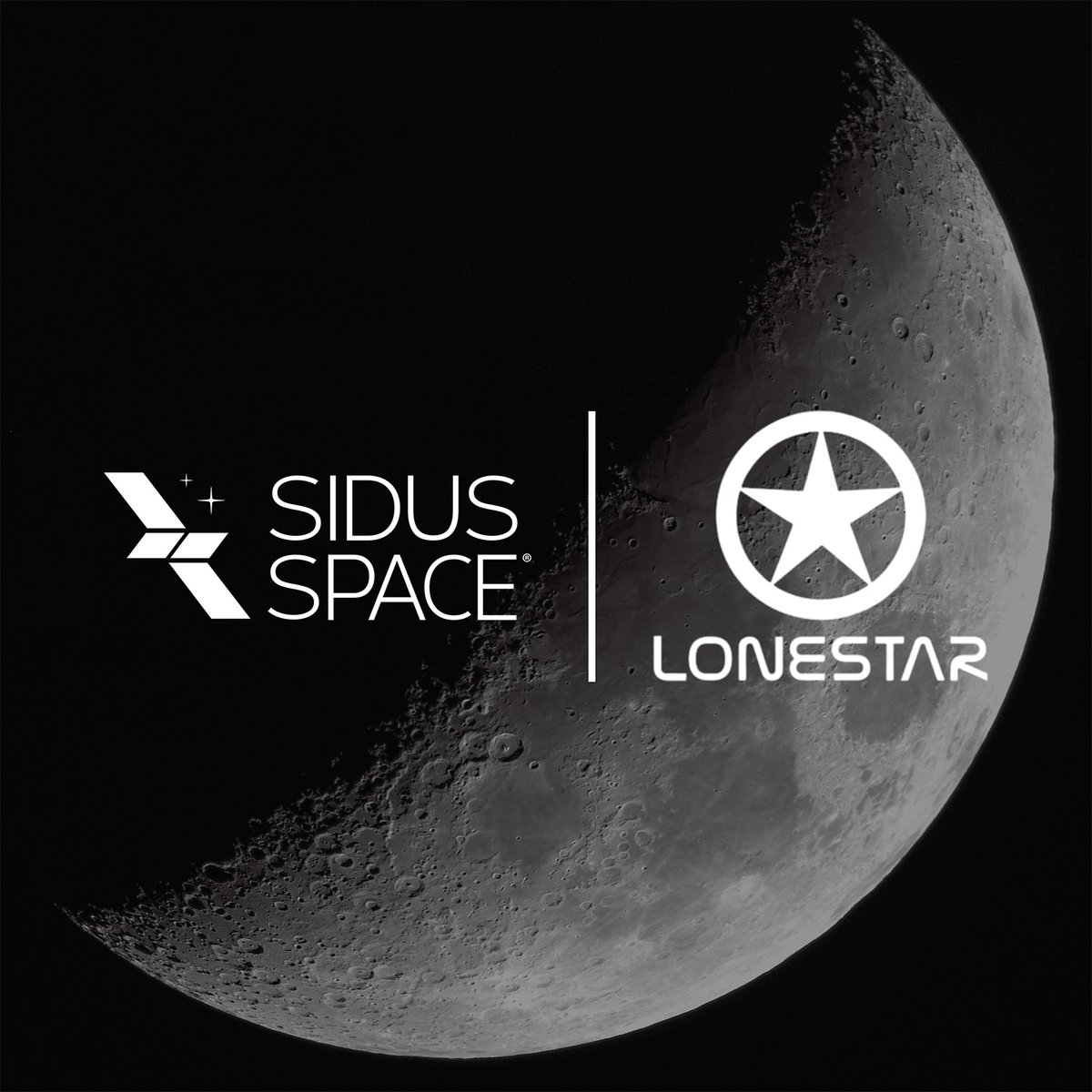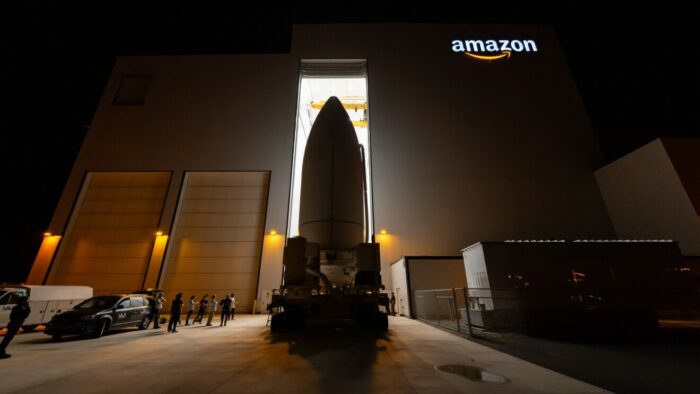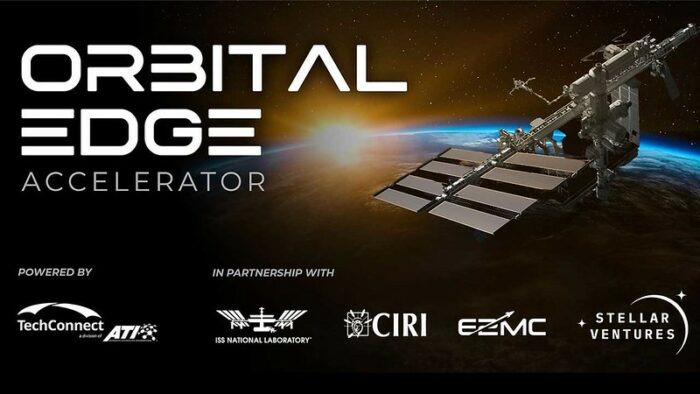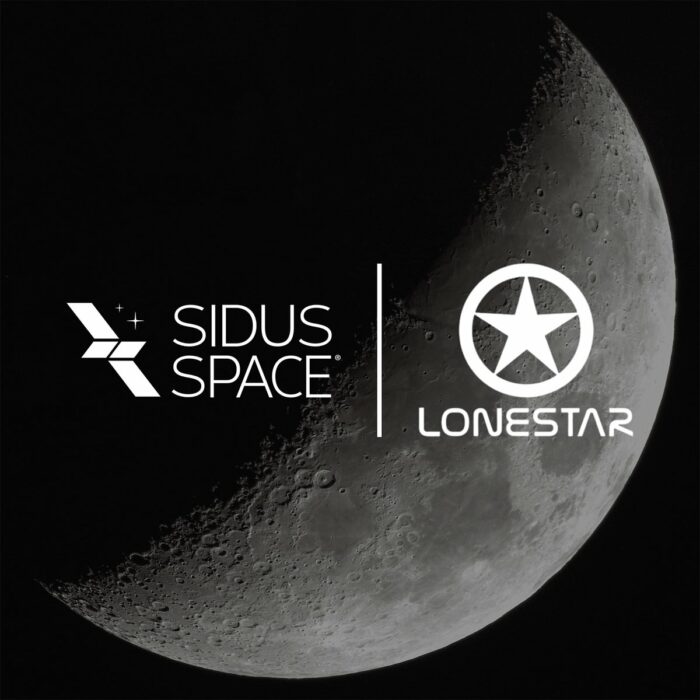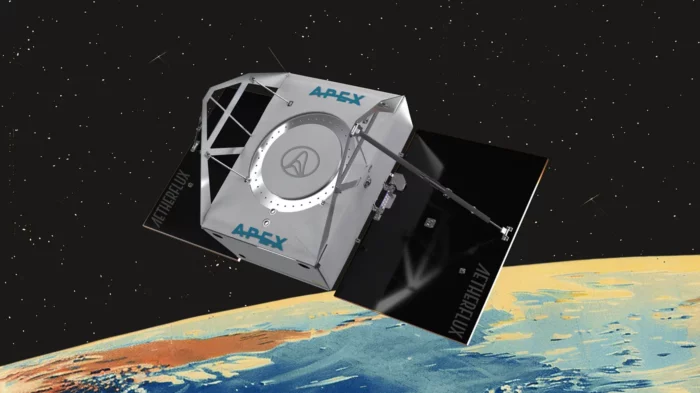The competition between SpaceX’s Falcon Heavy and United Launch Alliance’s (ULA) Vulcan Centaur represents the ongoing evolution of heavy-lift launch vehicles, each tailored to serve a wide range of space missions. This comparison examines key factors such as payload capacity, reusability, cost per launch, and mission versatility.
Payload Capacity
The Falcon Heavy, with its three reusable Falcon 9 boosters, boasts a maximum payload capacity of 63,800 kilograms to low Earth orbit (LEO) and approximately 16,800 kilograms to geostationary transfer orbit (GTO). Although expected to be replaced by SpaceX’s Starship, which is undergoing testing, Falcon Heavy is positioned as one of the most powerful operational rockets in the world, capable of supporting both commercial satellite launches and ambitious deep-space missions.
“With more than 5 million pounds of thrust at liftoff, Falcon Heavy is one of the most capable rockets flying. By comparison, the liftoff thrust of the Falcon Heavy equals approximately eighteen 747 aircraft at full power. Falcon Heavy can lift the equivalent of a fully loaded 737 jetliner—complete with passengers, luggage and fuel—to orbit.” – Space X
In contrast, the Vulcan Centaur, slated to replace ULA’s Atlas V and Delta IV, offers a payload capacity of up to 27,200 kilograms to LEO and 6,500 kilograms to GTO in its initial configuration. Vulcan Centaur’s modular design allows for upgrades with additional solid rocket boosters (SRBs), potentially enhancing its payload capabilities, though it is not expected to reach the extent of Falcon Heavy’s performance.

“The Space Force’s partnership with launch companies, such as ULA, are absolutely critical in deploying on-orbit capabilities that protect our national interests. We are already starting to review the performance data from this launch, and we look forward to Vulcan meeting the certification requirements for a range of National Security Space missions,” commented Brig. Gen. Kristin L. Panzenhagen, SSC’s Program Executive Officer for Assured Access to Space, and Commander of Space Launch Delta 45.
Reusability
SpaceX has pioneered the development of reusable rocket technology, with the Falcon Heavy designed to recover all three boosters after launch. Successful booster landings significantly reduce launch costs and turnaround times, reinforcing SpaceX’s competitive edge in the commercial launch market. However, the reusability of the central core has proven more challenging in high-energy missions, with some cores lost during recovery attempts.
Vulcan Centaur takes a different approach, focusing on partial reusability. ULA’s “SMART Reuse” system aims to recover and reuse the rocket’s expensive BE-4 engines by detaching them mid-flight and parachuting them back to Earth. While this system could lower costs compared to fully expendable rockets, it remains unproven, with no flight demonstrations as of early 2025.
Cost Per Launch
The cost per launch is a critical factor for customers, ranging from commercial satellite operators to government space agencies. Prices vary depending on sources, but SpaceX has disrupted the market with aggressive pricing and its been reported that Falcon Heavy launches for around $97 million to $115 million. This competitive pricing, combined with reusability, makes Falcon Heavy an attractive option for a wide range of missions.
ULA’s Vulcan Centaur is expected to cost approximately $100-150 million per launch, depending on configuration. While higher than Falcon Heavy, ULA positions itself as a premium provider, emphasizing reliability, mission assurance and extensive experience in servicing national security and scientific missions. However, its lack of full reusability and higher baseline costs may challenge its ability to compete directly with SpaceX on some missions.
Mission Versatility
Falcon Heavy has demonstrated its versatility across multiple mission profiles. It has launched commercial satellites, scientific payloads, and classified government missions. Its capability to support high-energy missions, such as NASA’s Psyche spacecraft to the asteroid belt, highlights its potential for deep-space exploration. Falcon Heavy’s ability to deploy multiple payloads in a single mission adds to its appeal for complex operations.
Vulcan Centaur’s versatility is designed to cater to both commercial and government customers, with a focus on national security payloads and human spaceflight. ULA’s long-standing relationship with the U.S. Department of Defense ensures Vulcan Centaur is optimized for classified missions requiring high precision and reliability. Additionally, Vulcan Centaur will support NASA’s lunar Gateway program by launching critical components.
Not an Either, Or Comparison
While comparisons like this are helpful to see side-by-side statistics, it’s important to understand that the Falcon Heavy and Vulcan Centaur reflect divergent design philosophies. Falcon Heavy prioritizes reusability and affordability, catering to commercial and scientific markets while advancing deep-space capabilities. Vulcan Centaur emphasizes reliability and mission assurance, targeting high-value government and defense contracts.
While Falcon Heavy’s proven reusability and lower costs have reshaped the commercial launch market, Vulcan Centaur’s potential lies in its integration into ULA’s legacy of precision and dependability. As the Vulcan Centaur completes its initial flights and demonstrates its SMART Reuse system, it will face increasing pressure to deliver on cost-efficiency while competing against SpaceX’s rapidly evolving fleet.
Therefore, most industry experts see these differences not as an either-or choice between the systems, but a both-and scenario where each rocket has a place in the current market.
Both rockets, we should add, play crucial roles in the heavy-lift sector, in the future diverse and growing needs of the modern space industry. We expect performance in the coming years will further shape the competitive landscape of space exploration and commercial access to orbit.
Read also: New Glenn vs Starship – A Detailed Comparison in 2025
The Future Of Falcon
SpaceX’s Falcon Heavy was introduced in 2018 and considered the most powerful operational rocket at the time, capable of lifting over 63 metric tons to low Earth orbit. Designed to bridge the gap between the Falcon 9 and future deep-space systems, Falcon Heavy demonstrated reusable boosters and affordability, making it a preferred choice for commercial and government missions. However, SpaceX’s vision for interplanetary travel required a more capable system, leading to the development of Starship. Unlike Falcon Heavy, Starship combines a fully reusable spacecraft and booster system capable of delivering over 150 metric tons to orbit. While Falcon Heavy excels in versatility and cost-effectiveness for Earth-centric missions, Starship aims to take the next step in spaceflight, adding capabilities for lunar, Martian, and beyond-Earth expeditions, embodying SpaceX’s ultimate goal of making humans a multiplanetary species.
Share this article:

